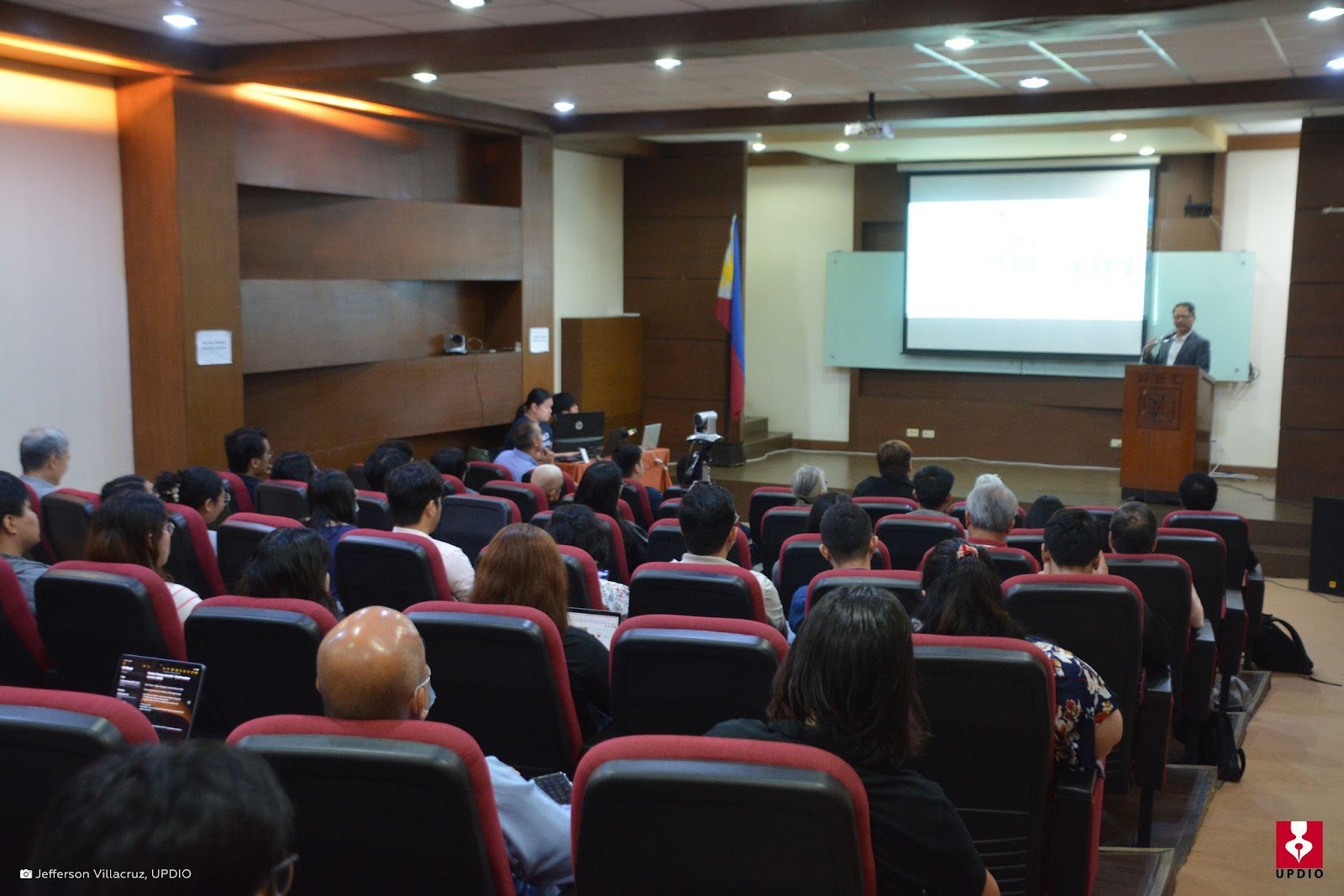The UP Diliman (UPD) College of Engineering (COE) and the UPD National Engineering Center (NEC) in partnership with MERALCO Power Academy, discussed the potential of nuclear energy for the Philippines.
At i-conNECt on the Potential of Nuclear Energy (Small Modular Reactor) for Energy Sustainability and Security (Potential of Nuclear Energy) on Sept. 14, 9 a.m. at the NEC Audiovisual Room, Francisco “Ike” Dimayuga spoke on the potential of small modular reactors (SMR) to bolster the Philippines’ energy needs.

Nuclear power plants use the heat generated by splitting elements with large nucleus such as uranium-235 or plutonium-239, contained in a device called a reactor to drive a steam turbine and make electricity. Conventional power plants such as the one in Bataan use large reactors capable of producing large amounts of electricity, typically 600 to 700 megawatts. SMRs produce half of that, around 300 megawatts.
According to Dimayuga, the reduced scale offers several advantages, such as better safety conditions, the ability to activate with no human intervention, and in some cases, the need to replace the fuel in the reactor only every 20 years (as opposed to conventional reactors that require refueling every 18 to 24 months).
“Because of the smaller footprint of these SMRs even compared to conventional power plants, they can be built really fast and the footprint of these reactors onsite is actually very small compared to conventional power reactors,” he said.
Dimayuga, a senior research scientist at the Atomic Energy of Canada Limited, was the main speaker of Potential of Nuclear Energy, the latest installment of i-conNECt seminar/webinar series.
The iconNECt seminar/webinar series aims to disseminate information and provide a venue for discussion among individuals in the industry, academe, and the government on important issues affecting the nation. It hopes to spread awareness on relevant topics in engineering and how it affects the lives of ordinary people.
